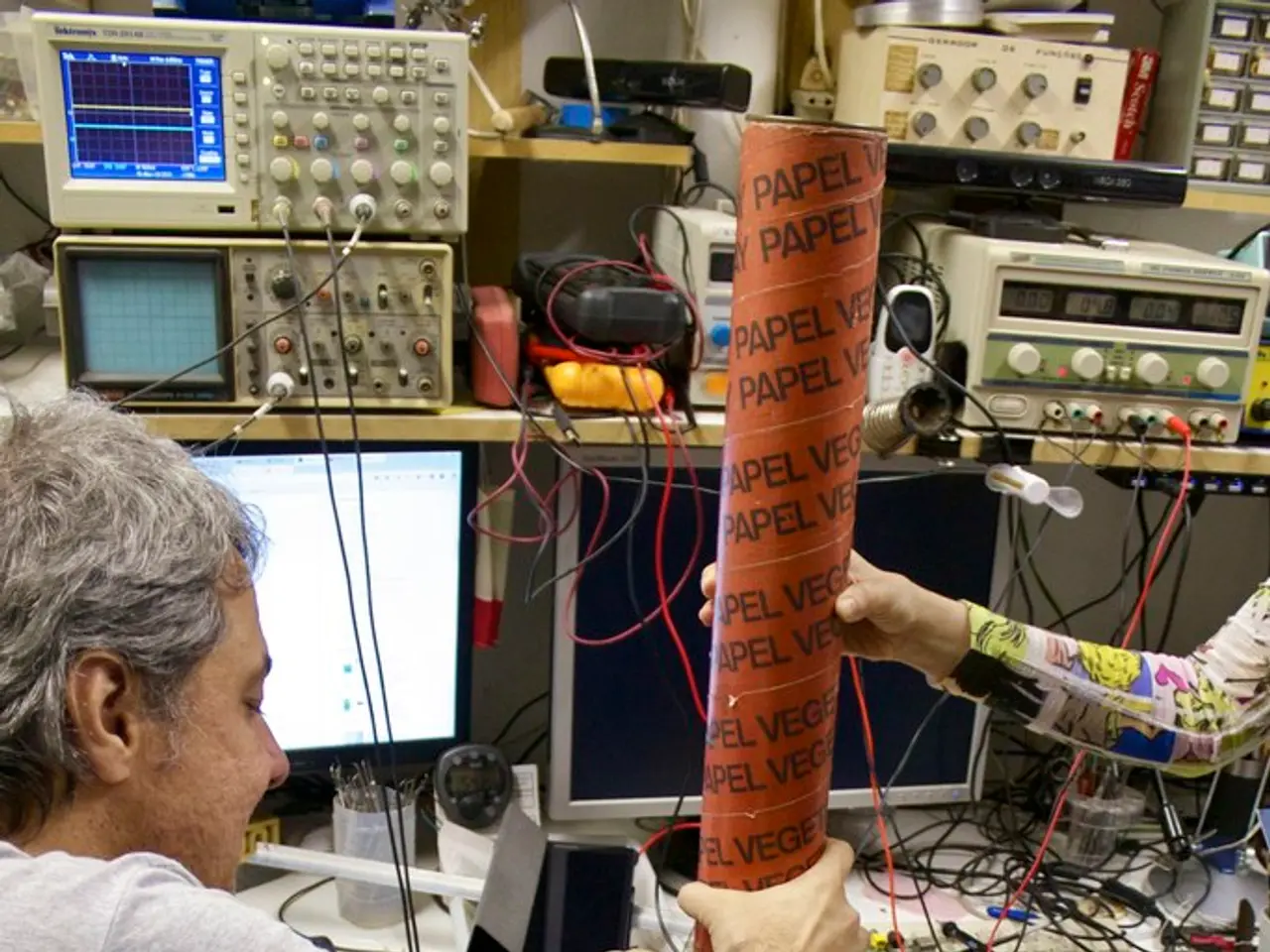Quantifying Human Restorativeness in Digital Architectural Settings: A Structured Approach
In a groundbreaking study, researchers have delved into the intricate interplay between architecture, neuroscience, and human experience in designed facilities. The goal was to quantify the impact of design on our overall psychological well-being, cognitive performance, and emotional regulation.
The study, conducted using virtual environments, has shed light on the previously under-explored relationships between neuroscience and the built environment. The findings suggest that design elements such as open layouts, soft colours, biophilic elements like plants and natural views, and coherent organization support physiological calming responses and enhance restorativeness. This results in lower heart rates, smoother breathing, and reduced nervous system stress markers, leading to improved productivity, health, and comfort for occupants.
Key insights from the study include the use of neuroscience measures to evaluate real-time brain and nervous system responses to space. Tools like EEG, galvanic skin response, and eye tracking were employed, revealing how environments can evoke empathy and restorative states beyond self-reported preferences.
The integration of natural elements, or biophilic design, was found to boost perceived restorativeness and positive emotions in both public and domestic interiors. However, the type and placement of greenery can influence whether spaces feel coherent or chaotic. Personal traits like openness to experience also modulate these effects.
The study also underscores the profound impact of the built environment on brain health, including cognitive processes and mental wellness. Designs that foster these qualities promote brain capital, reducing societal costs of brain disorders and boosting work-related outcomes such as creativity, adaptability, and learning capacity.
Virtual reality studies complement this evidence by demonstrating that natural versus urban environments produce distinct restorative potentials, helping to fine-tune design strategies for enhanced mental health and cognitive function in built settings.
The study involved 22 participants who were asked to perform navigational tasks while their bodily responses were recorded using EEG, GSR, and Eye-tracking sensors. Two virtual environments (restorative and non-restorative) were built using architectural designs related to human restorativeness. User experiments conducted in these environments revealed statistically significant differences in human responses.
The findings of this study could have significant implications for the design of future built environments, including offices, homes, and public spaces. The study is the first step in understanding human responses in the virtual environment and designing spaces that maximize human experience. It marks a significant stride in the field, paving the way for more research in this area.
Approximately 90% of a typical day is spent indoors, making the study's findings particularly relevant. As we continue to spend more time in our built environments, understanding how design affects our physical and mental well-being becomes increasingly important. This study is a step towards achieving that understanding.
In the realm of health-and-wellness, the study discovered that design elements like open layouts and biophilic elements found in natural views and plants can promote physiological calming responses and enhance restorativeness, leading to improved health and well-being.
The integration of technology, such as EEG, galvanic skin response, and eye tracking, proved essential in evaluating real-time brain and nervous system responses to space, shedding light on the impact of the built environment on brain health and mental wellness.





